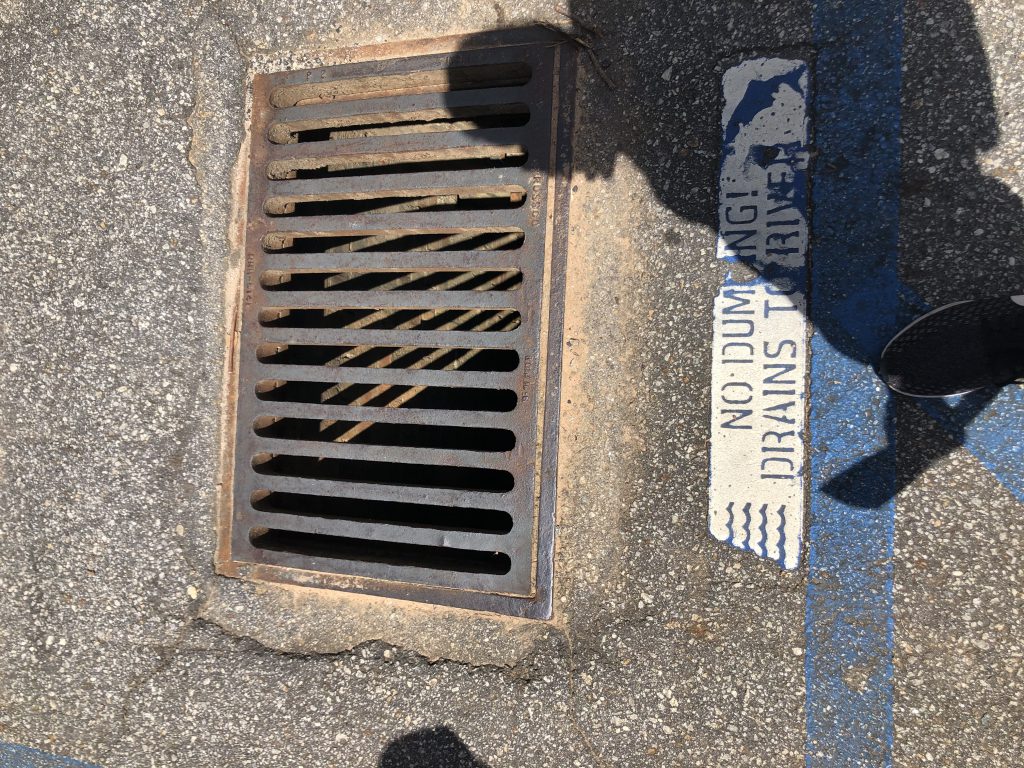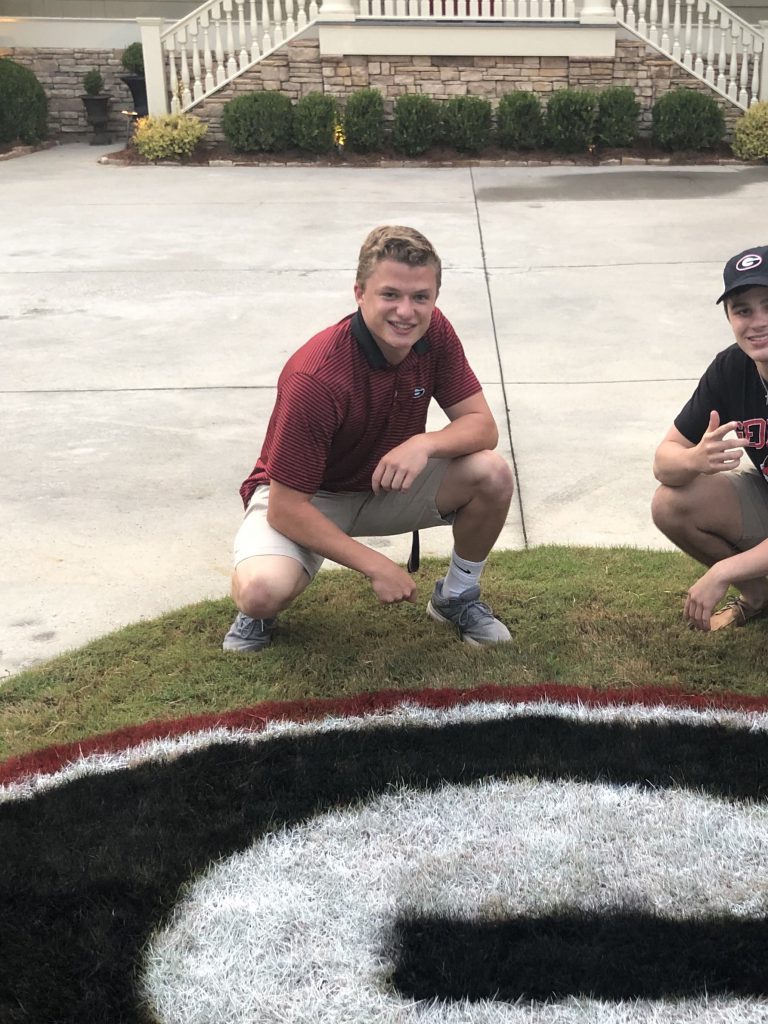Hypertrophic Cardiomyopathy Definition
Hypertrophic Cardiomyopathy is a genetic heart disease that affects one in every 500 people. HCM is a disease in which the heart muscle (myocardium) becomes abnormally thick (hypertrophied). The thickened heart muscle can make it harder for the heart to pump blood.
Genetics: The Specifics
Approximately nine genes that can express genetic variations that impact the trait. An insertion/deletion polymorphism in the gene encoding for angiotensin converting enzyme (ACE) alters the clinical phenotype of the disease. The D/D (deletion/deletion) genotype of ACE is associated with more marked hypertrophy of the left ventricle and may be associated with higher risk of adverse outcomes. Mutations associated with HCM development have been found in genes that encode components of the thick filament proteins: myosin-7 and myosin-binding protein C and in genes that encode the components of the thin filament proteins: cardiac troponin T, cardiac troponin C, cardiac troponin I, and α-tropomyosin (Capek). Myosin 7 does occur in genes expressed in the head region. The amino acids created by the mutation is responsible for HCM development (“Familial Hypertrophic Cardiomyopathy.” ).
Reasoning for Testing and Testing Information
HCM is the leading cause of sudden cardiac death in young athletes. Getting tested might be beneficial at a young age, especially if physically active and/or runs genetically in the family. The trait can be tested with an echocardiogram ($2000+), a heart test with 80% accuracy. This would be followed by an electrocardiogram ($50) to test for heart abnormalities. Cardiac magnetic resonance imaging is a test considered the gold standard, determining the properties of the left ventricular wall for when echocardiogram proves inconclusive (“Echocardiograms for Heart Valve Disease.”). If the trait is carried, one might already notice shortness of breath, chest pains, and decrease in blood flow, as these are symptoms of the trait.
Reasoning for not Testing
An echocardiogram is harmless to the individual, as it does not contain radiation exposure to take pictures of the heart. The only reasons one might not take the tests is cost ($2000+) or an accuracy of 80%. The low accuracy derives from uncertainty of variations affecting the HCM condition, which could be a potential reason for not taking the genetic test. Taking the test could lead to other tests such as transesophageal echocardiogram (TEE), where a tube is put down the throat with a camera to take pictures. This could lead to throat problems and other complications.
Testing Positive Can Lead to Negative Outcomes
Discovering the trait is carried could result in both detrimental emotional and financial outcomes. Through an athlete’s perspective, discovering the echocardiogram results are positive could tremendously affect emotions in a negative aspect, as he or she may need to quit physically active sports for the rest of their life. However, those not as physically active can live a normal life expectancy as long as they do not participate in any strenuous activity. Financially, one could expect to buy medications for the chest pains, shortness of breath, and palpitations. There are also options of open heart operations to reduce symptoms, but cost levels can be extreme. The most extreme option includes a full heart transplant, which cost $1.4 million dollars, and has a 94% chance of living no longer than seven more years.
Family Genetic Risk
The genetic risk for HCM is passed from one generation to the next by way of dominant-acting mutations in genes governing the structure of the heart muscle. That means that first-degree relatives (parents, siblings, and children) of an affected person have a 50% chance of having inherited the same mutation (“Hypertrophic Cardiomyopathy: Who Has an Inherited Risk?” ). If tested negative, that may not mean the trait is not present. A cardiac magnetic resonance imaging may be needed to support initial test results. When tested positive one should plan for emotional and financial responses that were previously listed, as well as eliminating strenuous athletic activity for the rest of their life. Telling your doctor exact specifics about the carried trait and symptoms might be necessary in terms of medication prescriptions and further treatment options. No further screening of the heart area are needed when tested positive. In terms of environmental factors, no strenuous heat or activity should be present.
Works Cited
Capek, Pavel, et al. “Hypertrophic Cardiomyopathy: from Mutation to Functional Analysis of Defective Protein.” Croatian Medical Journal, Croatian Medical Schools, June 2011, https://www.ncbi.nlm.nih.gov/pmc/articles/PMC3118724/.
“Echocardiograms for Heart Valve Disease.” Choosing Wisely – Promoting Conversations between Providers and Patients, http://www.choosingwisely.org/patient-resources/echocardiograms-for-heart-valve-disease/.
“Familial Hypertrophic Cardiomyopathy.” SNPedia, https://www.snpedia.com/index.php/Familial_hypertrophic_cardiomyopathy.
Harvard Health Publishing. “Hypertrophic Cardiomyopathy: Who Has an Inherited Risk?” Harvard Health, https://www.health.harvard.edu/heart-health/hypertrophic-cardiomyopathy-who-has-an-inherited-risk.



